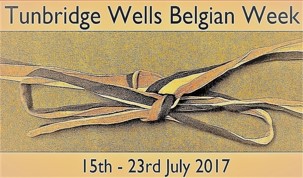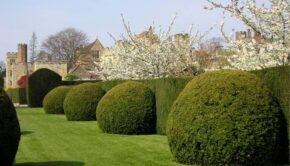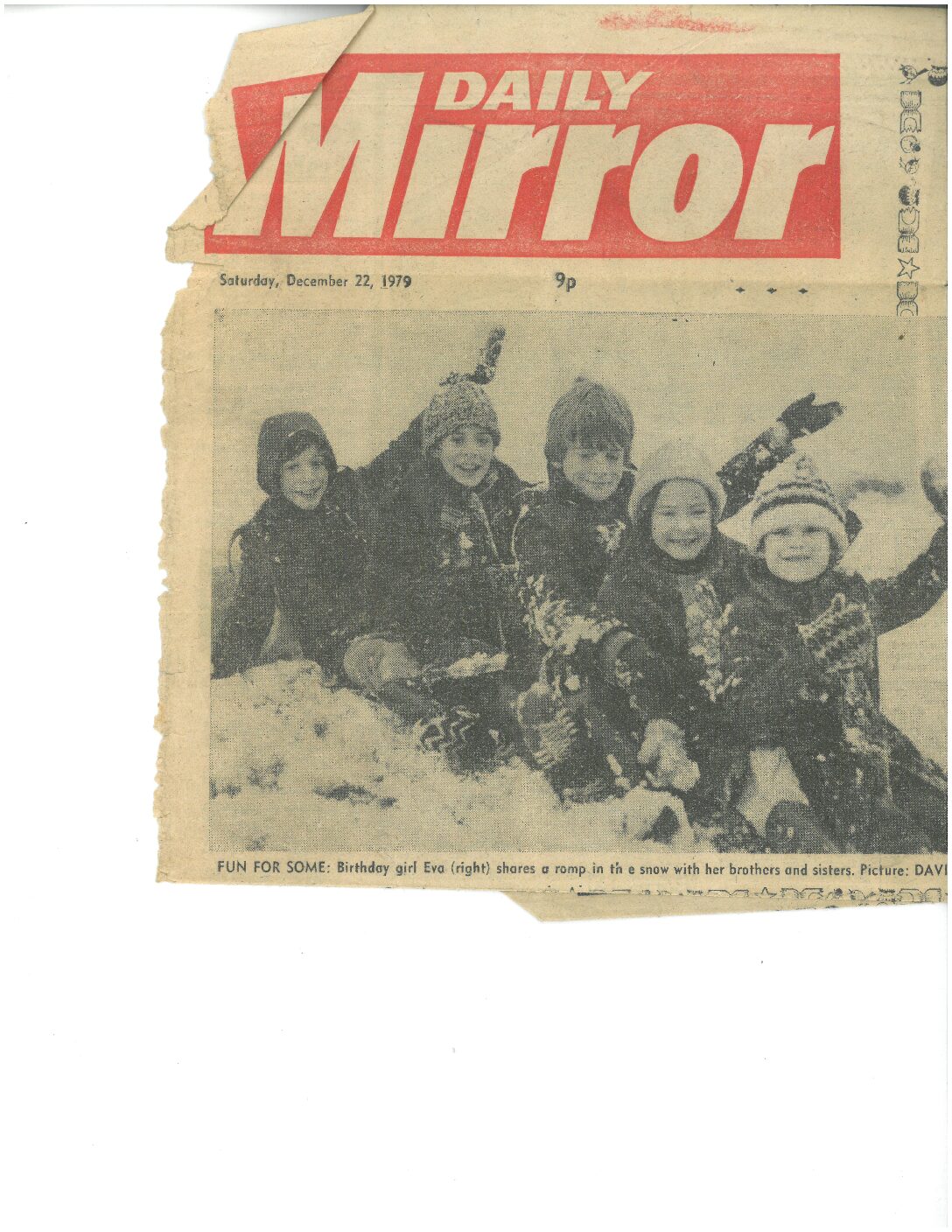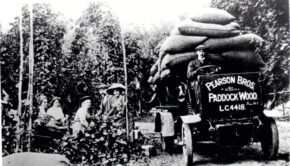Belgium Refugees in Tunbridge Wells 1914- 1919
By Alison MacKenzie
(Photo of Boeynaems children – photo courtesy of the Boeynaems family)
In 1916, three little children were photographed in St John’s Recreation Ground at the end of Beltring Road. They were Ludovic, Jacques and Marie-Louise Boeynaems who, with their older brothers and sisters, had fled war-torn Belgium and were living at 19 Beltring Road with their aunt and uncle, M. & Mme Florent Coosemans, also refugees.
This family group were just some of the almost ¼ million people from Belgium who took refuge in Britain during the First World War, and of the 350 or so who were in Tunbridge Wells.
On 4th August 1914 Germany invaded Belgium, and some 1½ million Belgians – almost a quarter of the population – fled their country for Holland, France and Britain to escape the terror. Following the fall of Antwerp on 10th October 1914, help was needed for nearly 12,000 refugees who had arrived at Folkestone and the British Government appealed to Mayors and Councils around the country to provide shelter for them.
Tunbridge Wells was quick to respond, Mayor Whitbourn Emson writing in the local press that “These brave Belgian people have nobly done their share in opposing the German aggression, and let us do our best to show our gratitude.” In late September he wrote to the Refugees Committee in Folkestone to say that the town was ready to receive 30 Belgian Refugees “not of the peasant type, but of the middle class and tradespeople” who would be accommodated in several houses around the town.
The first group, from Herent near Leuven, arrived in at the beginning of October and were housed privately at Clayton’s Farm in Ashurst by Mr and Mrs Johnstone. Around the same time a Local Refugee Committee was formalised under the Chairmanship of the Mayor. The Committee worked tirelessly to make the refugees welcome, and by the end of October nearly 100 refugees had been placed in accommodation by the Committee. In total some 297 people – 78 men, 144 women, 35 boys and 40 girls – found a safe haven here in Tunbridge Wells. Mr Tattershall Dodd lent his (second) home, Grosvenor Lodge on Grosvenor Road; a member of the congregation of St Augustine’s Church lent 32 Upper Grosvenor Road, and two lady members of the Committee paid the rent on 47 Upper Grosvenor Road, a property which became known as the Belgian Hostel.
The Mayor opened a Local Fund for Belgian Refugees and in the months that followed, gifts of money, furniture and potential homes, poured in, and lists appeared in the Courier each week of those who had contributed – Suffragette Olive Walton was one of many who made a donation of £5.
Many of the refugees arrived with nothing but the clothes they stood up in, some did have money and were able to support themselves, at least for the first few months; all needed clothing and basic necessities – fruit, vegetables, flowers (!), boots and shoes, French literature and picture papers were among the items asked for. The local branch of the National Union of Women’s Suffrage Societies (NUWSS) turned its premises at 18 Crescent Road into a Clothing Depot. Houses were furnished, schools found for the children, English lessons given, a Belgian Shop opened on the High Street, and a Belgian School was eventually started in the Spring of 1918. The newspapers published lists of refugees’ names to enable friends and families to discover their whereabouts – many families became separated as they fled, some were never reunited. The Mayor regularly used the pages of the Courier to ask for more help and funds for the refugee relief work. Tunbridge Wells rose to the challenge.
In November 1914, the official birthday of Albert, King of the Belgians was celebrated with a Mass at St Augustine’s. A concert was held in the Pump Rooms and a party at the Constitutional Club on Calverley Road. The Mayor arranged for the Belgian flag to be flown over the Town Hall. He became joint President of the Belgian colony’s Club Albert, alongside a leading member of the refugee community, M. Hippolyte Meeus
(Photo of Hippolyte Meeus – photo courtesy of the Wyndegem Local History Society)
Hippolyte Meeus was Mayor of Wynegem, a village on the outskirts of Antwerp. M. Meeus and his wife Isabelle, both in their 60s, lived at 4 Nevill Park, and took an active part in ministering to the comforts of the Belgian refugees in the town. They both died here, only weeks apart, in 1915; lavish funerals were held at St Augustine’s, organised by Kempster’s, and their bodies were laid temporarily to rest in the local cemetery until such time as they could be repatriated – which they were after the war.
Another prominent refugee was the sculptor Paul Van De Kerckhove who with his wife and two daughters fled Brussels first for London and then Tunbridge Wells. In 1915 he was commissioned by the Belgian community to make a bust of Mayor C. W. Emson for presentation to the town as “a permanent and personal and public token of their gratitude” (Courier 23rd July 1915). It took its place in the Council Chamber of the Old Town Hall on Calverley Road. Today it stands in the lobby of the Council Chamber of the Town Hall on Civic Way.
(see photo of bust – photo by Alison MacKenzie)
As the war dragged on, refugees began to leave Tunbridge Wells, some went to the Front to fight, others returned home, others moved on to France, but many stayed until the war’s end, and when the Armistice was declared in November 1918, members of the Belgian colony joined the great celebratory parade wearing their Belgian colours of gold, red and black with what the Courier described as “smiling pride”, and bearing a banner declaring “Long live England. We thank you all.”
Members of the committee, notably Councillor C.W. Emson and Amelia Scott, were decorated by the Belgian government in recognition of their work on behalf of the Belgian refugees in Tunbridge Wells.
We are delighted that members of the Meeus, Boeynaems and Coosemans families will be with us during Belgian Week in July.
For more information about the Belgian Community see www.belgiansrtw.wordpress.com and https://blogs.kent.ac.uk/rtwbelgians
Alison Sandford MacKenzie
belgiansrtw@camdenroad.org






Comments